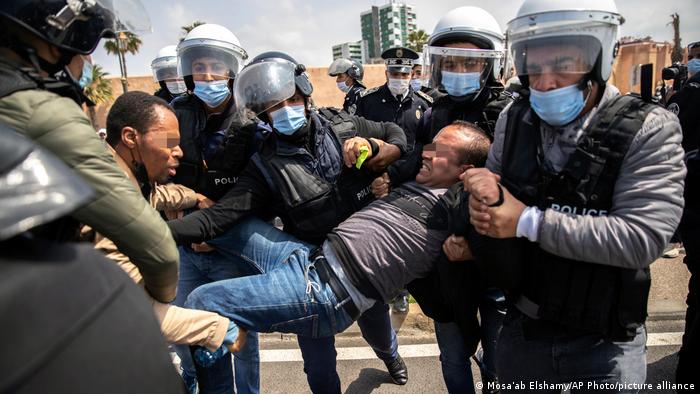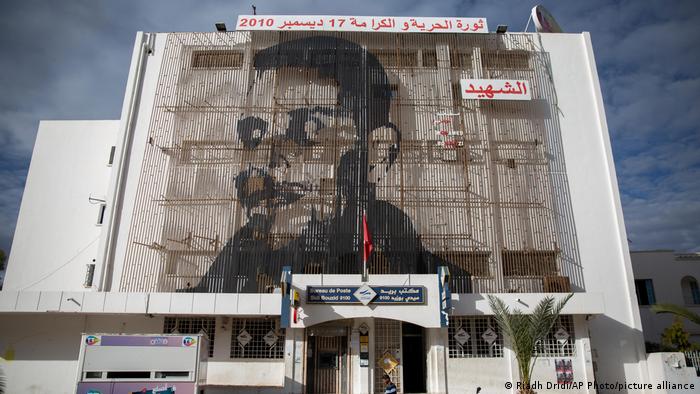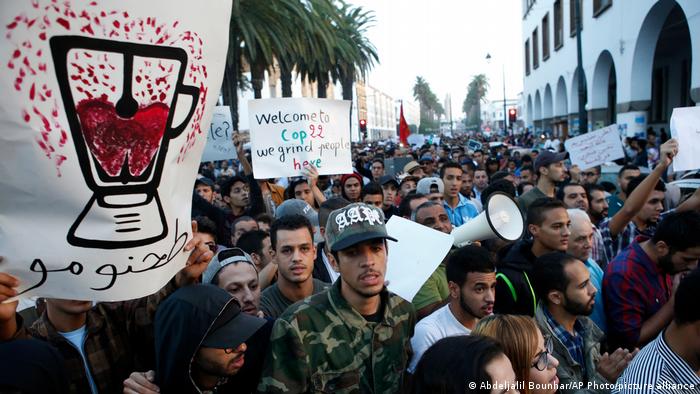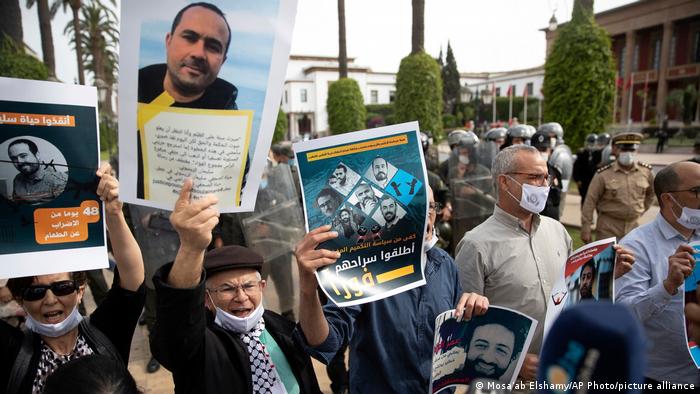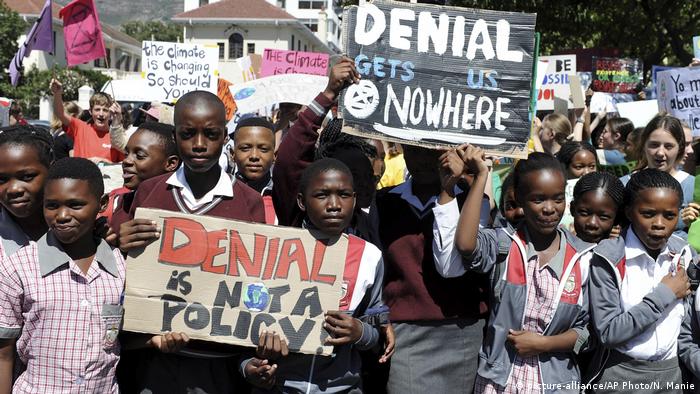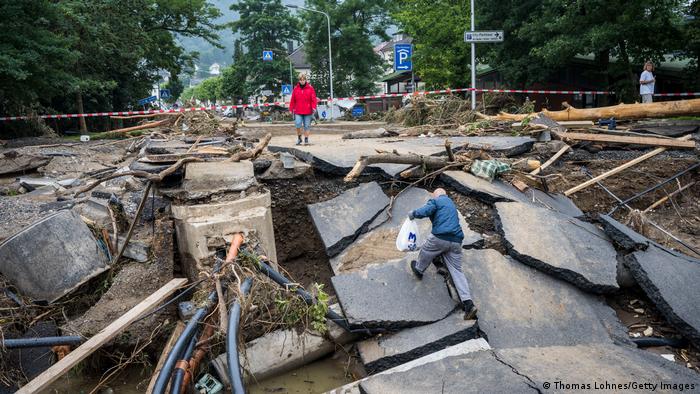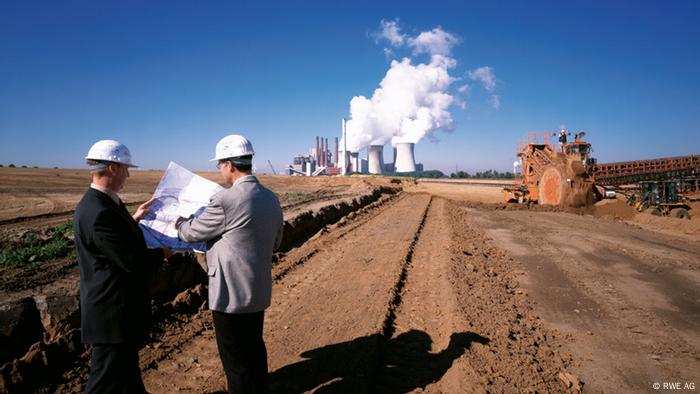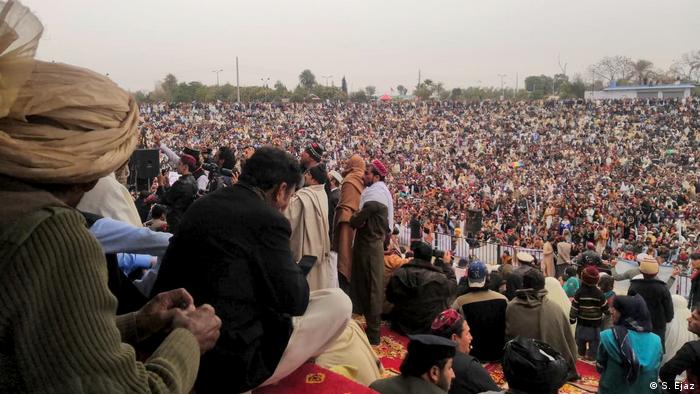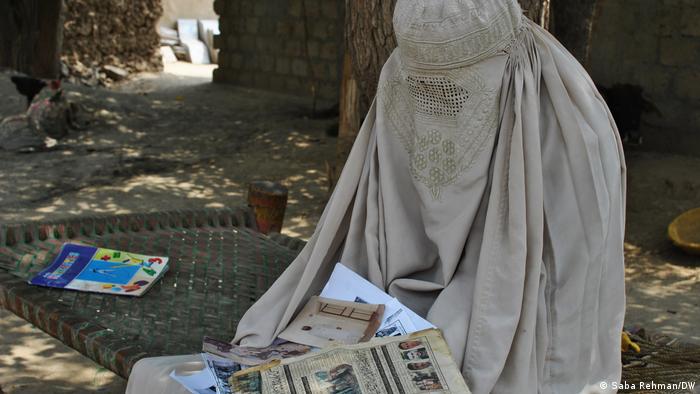Aug. 11 (UPI) -- In what has become the summer of high-temperature woes, another harsh heat wave is on its way to the Northwest and states are doing all they can to prepare.
On Tuesday, Oregon Gov. Kate Brown declared a state of emergency ahead of the impending heat, urging residents to take proactive steps and make a game plan to keep cool. Such measures include preparing hydration, visiting one of the dozens of cooling centers across the state and checking in on friends and family.
The northwestern United States has undergone a record-shattering, deadly heat wave and season of destructive fire activity this summer. While many residents are looking for extended relief, AccuWeather forecasters warn that more bad news is on the way for the region.
A change in the overall weather pattern will allow temperatures to skyrocket across the northwestern U.S. and largely cut off chances for much-needed rainfall
"Yet another stretch of record-challenging high temperatures is in store for some across the Northwest this week as an expansive dome of high pressure settles over the region," AccuWeather meteorologist Brandon Buckingham said.
Excessive heat watches and warnings went into effect across parts of Oregon and Washington on Tuesday, set to last into Wednesday. Seattle is expected to be under an excessive heat warning from 12 p.m. PDT Wednesday to 7 p.m. PDT Saturday, while an excessive heat warning has been issued for Portland, Ore., from 12 p.m. Wednesday until 10 p.m. Saturday.
Temperatures are forecast to peak at 104 on Thursday in Portland, which would tie the previous daily record of last set in 1994. In Seattle, while highs are forecast to fall just short of the century mark, a temperature of 98 is predicted on Friday, which would top the previous daily record of 92 from 2002.
Throughout the Northwest, temperatures are forecast to reach 15-25 degrees Fahrenheit above average into this weekend, worsening the already intense drought across the region, according to AccuWeather meteorologist Jessica Storm.
As of early August, about 63% of the West as a whole is in the midst of extreme to exceptional drought. Exceptional drought is the most extreme category of drought set forth by the U.S. Drought Monitor.
When the soil is bone-dry, as it is in much of the region, all of the sun's energy goes into heating the ground. This in turn often leads to temperatures topping out at levels that are higher than normal
Typical high temperatures for early to mid-August in the Northwest range from the upper 70s to low 80s for places like Seattle and Portland, to middle 80s to low 90s for inland areas.
Thursday and Friday will likely be the hottest days of the heat wave for much of the region. It's the late week period where temperatures in the 100s will be most prevalent for parts of the Northwest.
"Although temperatures will not approach all-time record-high temperatures like what was observed during the June heat wave, daily record-high temperatures are expected to fall in places like Seattle and Portland mid- to late week," said Buckingham.
On Monday, the official reporting station in Portland recorded its 64th day this year with a high temperature of 80 or above. For the entirety of 2020, Portland experienced 63 days with high temperatures at or above 80 degrees. With plenty more warm days ahead, the city may have a shot at challenging the all-time record for days at or above 80 degrees in a calendar year, 88 days set in 2015.
Seattle already has had three days with high temperatures of 100 or higher this summer, which is a new yearly record for the city, according to the NWS. If Seattle records another day of 95 degrees or higher, it will tie the record of four from 1977.
In Portland, the city has also recorded three days of 100 or higher this summer. The current record for most 100-degree days in a year for the city is five from 1977.
As if abnormally high air temperatures weren't enough bad news, AccuWeather forecasters say AccuWeather RealFeel® Temperatures will be able to climb even higher than the actual mercury.
From midweek into the upcoming weekend, some across the Northwest will have to deal with AccuWeather RealFeel® Temperatures that run 3-5 degrees above the actual air temperature. Meaning places like Portland could feel more like the mid-100s than the upper 90s or low 100s.
AccuWeather forecasters urge residents to plan ahead for the coming heat in order to remain safe.
"Staying hydrated, wearing light-colored clothing and sunscreen, checking vehicles before locking them, staying out of the sun in an air-conditioned room and checking in on relatives and neighbors are all ways to safely deal with the upcoming heat wave," Storm said.
In addition to concerns about heat-related illnesses, the dry and hot weather will likely work to exacerbate wildfire and smoke issues.
"Drought conditions, worsened by heat, can allow wildfires to spark easier than if the ground was cool and saturated. Additionally, there will be no assistance to firefighters in the form of rain in the near future," Storm said.
As of Wednesday morning, about 105 large wildfires were burning in the continental U.S., and 76 were blazing in the Northwest alone, according to the National Interagency Fire Center.
AccuWeather forecasters say some relief from the heat across the Northwest can arrive as early as the start of next week, when the heat dome is forecast to shift out of the area
UN report: Global warming is likely to blow past Paris limit
ate is getting so hot that temperatures in about a decade will probably blow past a level of warming that world leaders have sought to prevent, according to a report released Monday that the United Nations calls a “code red for humanity.” IPCC Vice Chair and Senior Advisor for Climate Ko Barrett explains.



